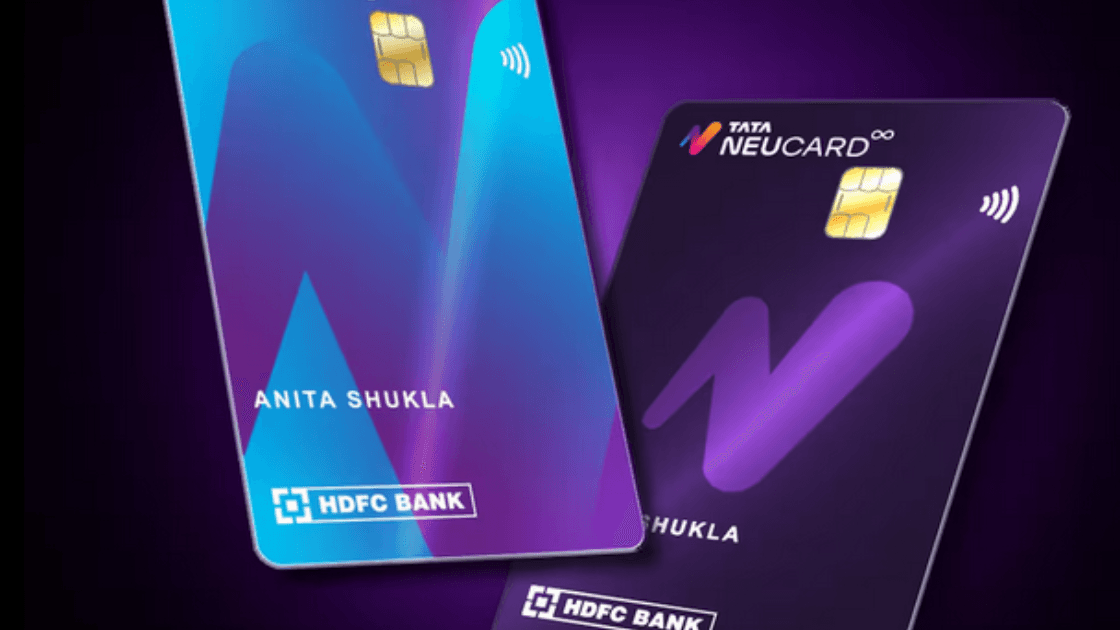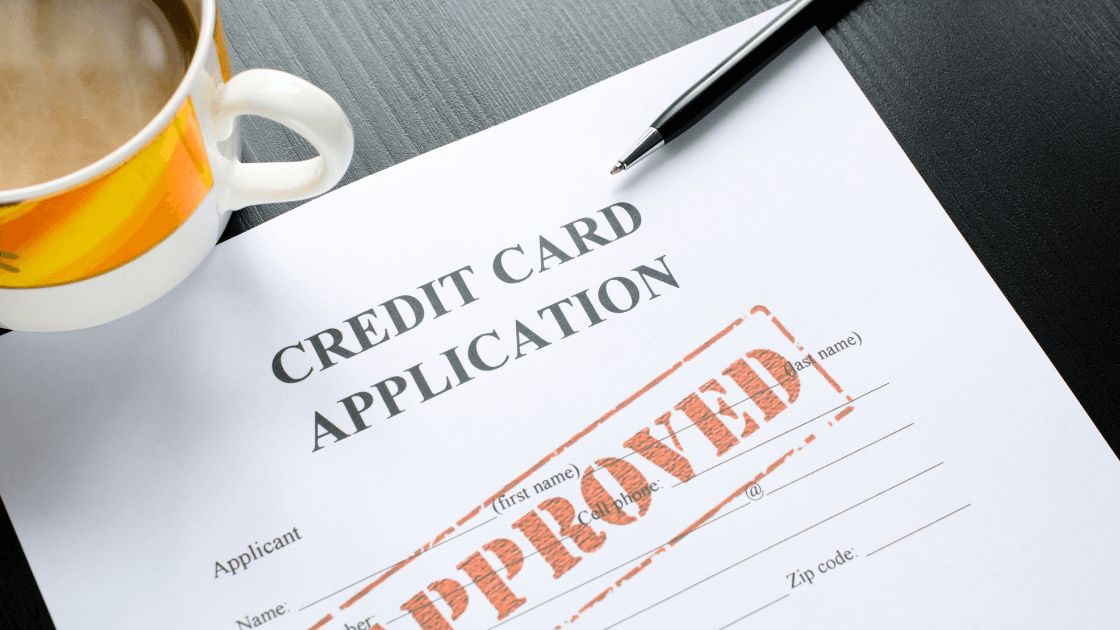
Cards
•04 min read

Ever found yourself stuck trying to resolve a credit card issue but unsure of the best way to contact customer care? It happens to the best of us. This guide is designed to help you master the art of using your credit card to access customer care services and manage your accounts seamlessly. You'll learn how to contact customer care through different methods like phone calls, email, SMS, and even mobile apps. More importantly, you'll get practical tips on ensuring smooth communication while safeguarding your personal information.
Customer care for your credit card is all about helping you resolve issues such as billing discrepancies, lost cards, and fraud alerts. It offers a safety net that is available 24/7 for urgent matters, ensuring that you are never left in a situation where help is unavailable.
You might need to contact customer care in several situations, including when you need to report a lost or stolen card, dispute a transaction, request a credit limit increase, or even seek assistance with redeeming rewards and clarifying billing statements. These scenarios highlight the importance of having a reliable customer care system.
There are multiple ways to reach out for customer care. You can use toll-free numbers, send an email, use SMS, access mobile apps, or even use postal services for formal communication. Most credit cards provide these options to make sure you have a method available that suits your need. For example, some cards offer 24/7 toll-free numbers, ensuring that no matter when you need help, assistance is just a call away.
One of the fastest ways to get help is by calling the toll-free number found on the back of your credit card. Begin by locating this number and ensure you have your card details ready, like the card number and your registered phone number. When you call, follow the IVR prompts carefully or speak directly to a customer care representative. This method is especially useful when you need to report urgent issues such as fraud or a lost card, as many customer care services are available 24/7 for such emergencies.
If your query isn’t urgent, composing an email can be an effective method. When writing your email, include your name, the last four digits of your credit card number, and a clear description of the issue. It’s important to avoid sharing sensitive details like your PIN or OTPs. Typically, you can expect a response within 24 to 48 hours, making email a solid option for issues that do not require immediate attention.

Many credit cards offer SMS banking services which allow you to check your balance, recent transactions, or credit limit updates without internet access or downloading an app. Just by sending a predefined code to the designated SMS number, you can receive instant updates. This method is very handy when you need to stay informed while on the move.
Mobile apps have revolutionized how we manage financial accounts. With your credit card app, you can view statements, pay bills, redeem rewards, and even report issues with just a few clicks. Apps such as the Tata Neu app for the Tata Neu HDFC Bank Credit Card offer self-service options that reduce the need for direct customer care interaction and provide quick, secure management of your account.
Before reaching out, gather all necessary details. This includes having your card details (typically the last four digits), your registered phone number and email address, and a clear description of the issue you're facing, such as transaction dates and amounts. Preparation can help speed up the resolution process.
Keep your message concise and specific. Explain your problem in simple language, avoiding any confusing jargon. If your issue remains unresolved after an initial call or email, don't hesitate to escalate your concern by requesting to speak with a supervisor.
Always prioritize protecting your sensitive details. Never share your PIN, OTP, or passwords over any communication channel. Confirm that you are using authentic customer care numbers or emails by checking them against official sources like the instructions printed on your credit card or available in the mobile app.
At times, you might find that phone lines are busy or that response times are slower during peak hours. In such cases, try alternative methods like SMS banking or using the mobile app. Additionally, calling during off-peak hours can often result in faster service.
-ed507771-df04-4fb3-9af5-bae11cb611a6.png&w=3840&q=75)
If you haven’t received a response within 48 hours, consider following up with a polite email reminder. In cases where your issue is pressing, use the toll-free number for a quicker resolution.
If you feel that your concern hasn’t been fully addressed, keep a record of all your communications. This might include saving emails, call logs, and message details. Documenting interactions can strengthen your case when escalating the issue to higher authorities within the customer support team.
Provide your name, the last four digits of your credit card, and your registered phone number. Always avoid sharing sensitive information like your PIN or OTPs.
Use SMS banking or the mobile app to instantly check your balance and view recent transactions.
Immediately call the toll-free customer care number to report the incident and block your card to prevent any unauthorized usage.
Yes, most services offer 24/7 toll-free numbers for urgent issues like fraud alerts or lost cards.
Keep records of all your interactions and request to speak with a supervisor or file a formal complaint through the official app or customer care channel.
In summary, accessing customer care for your credit card is all about understanding the available channels and using them effectively. By preparing the necessary details beforehand, communicating clearly, and safeguarding your personal information, you can ensure smooth and secure interactions. With the right approach, managing your credit card issues becomes a hassle-free process, giving you more confidence in your financial management.